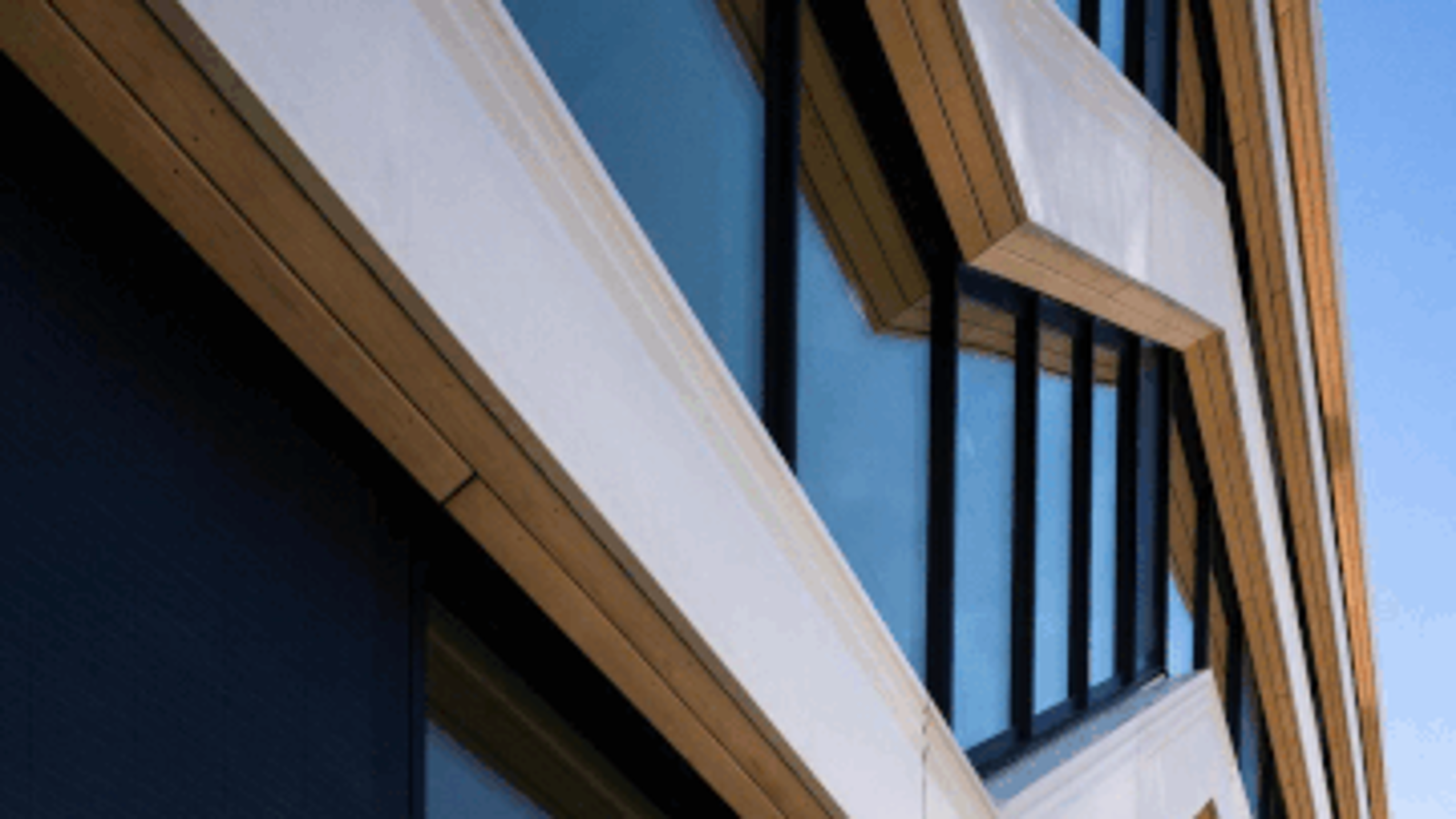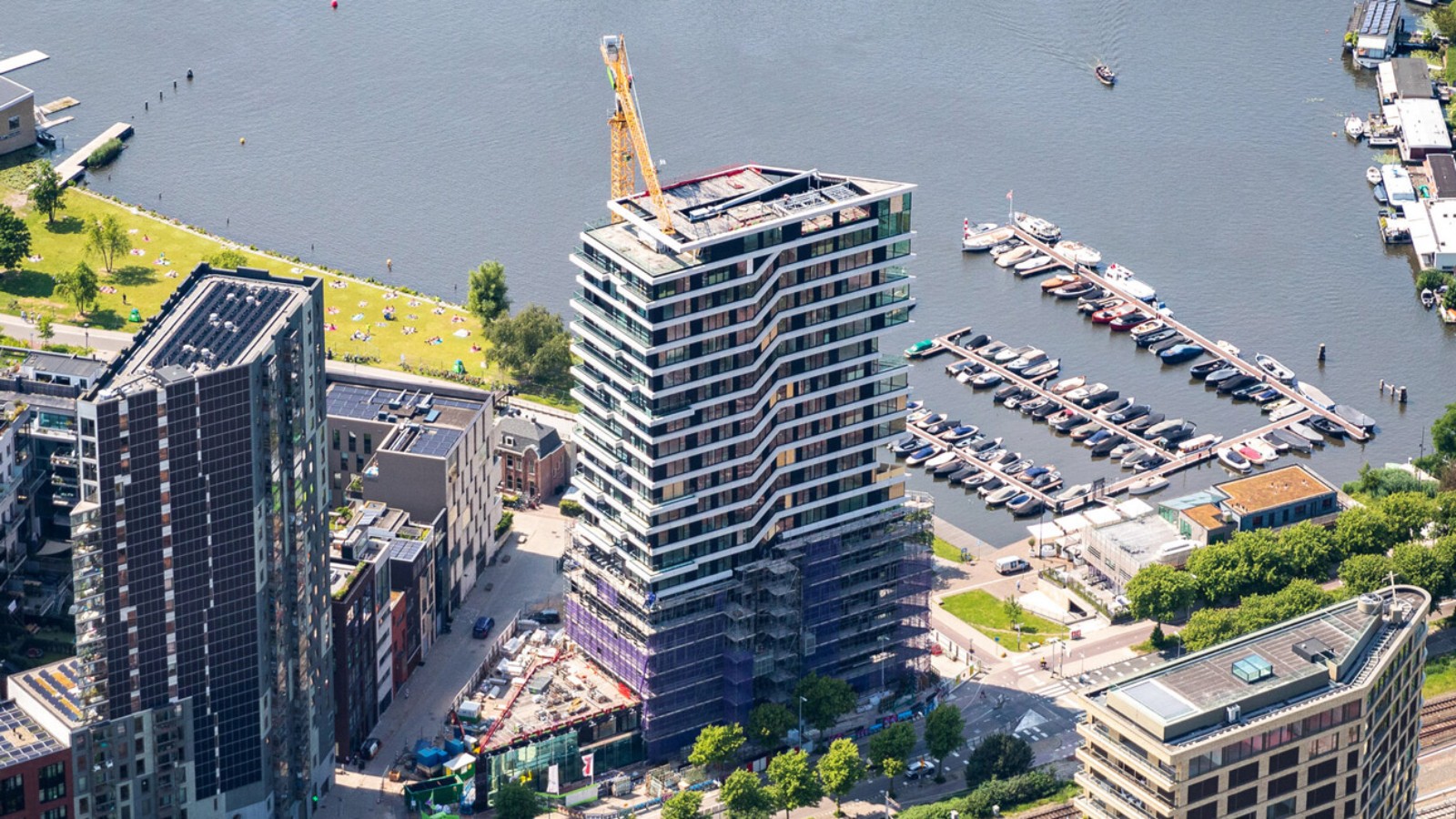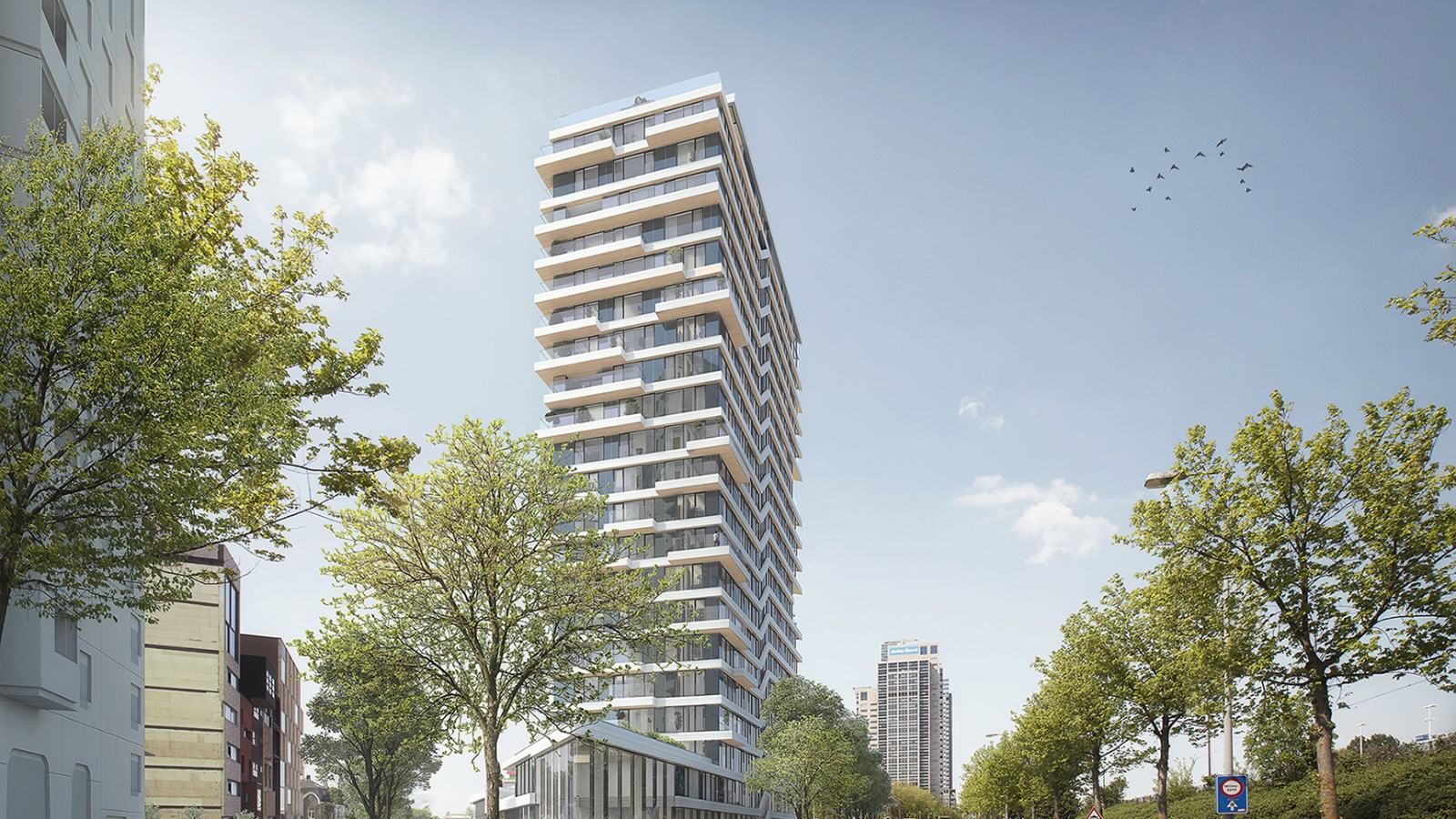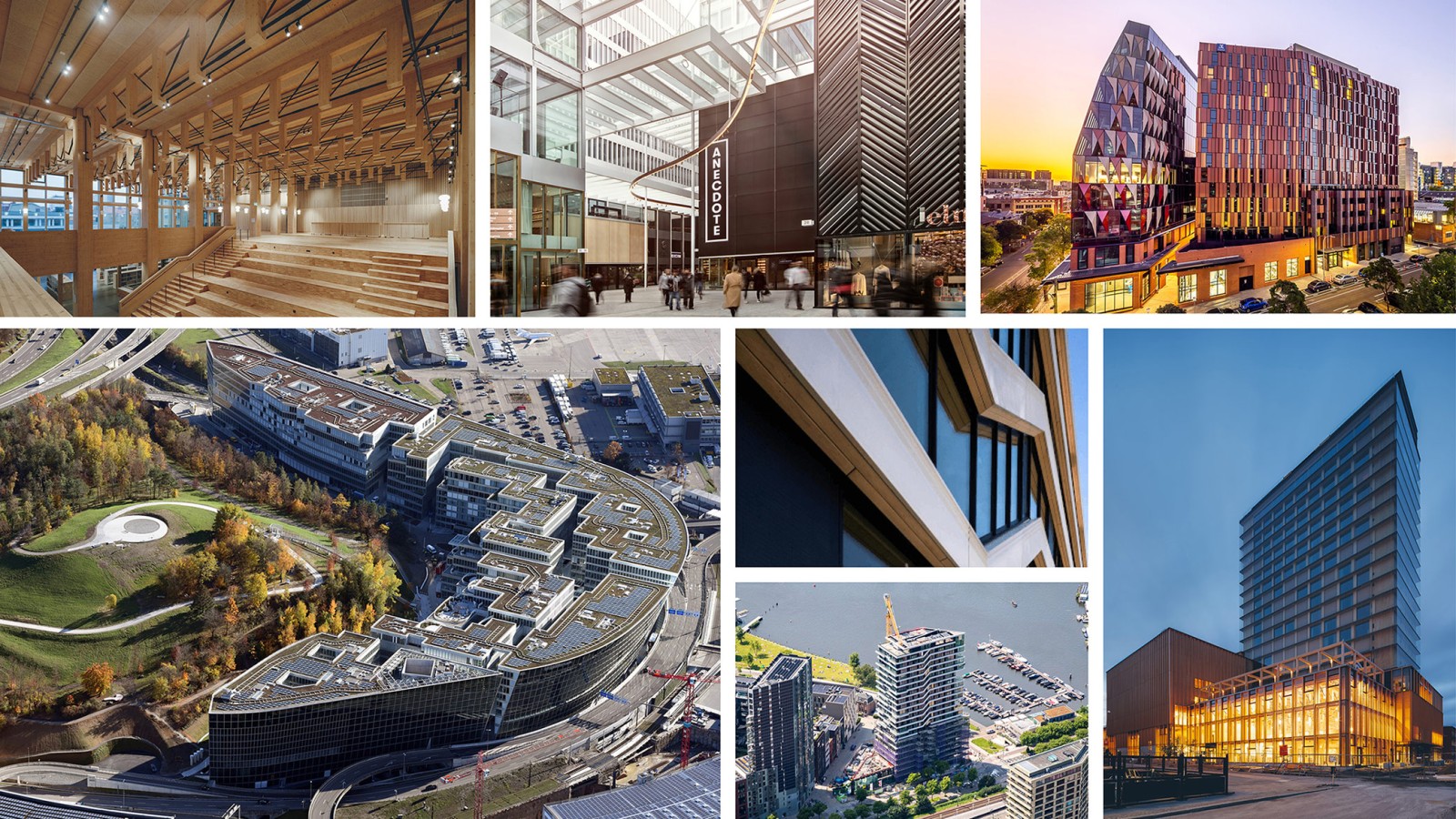Haute couture on the Amstel HAUT Amsterdam
The highest certified BREEAM sustainability level, the tallest timber building in the Netherlands and comfortable living in the heart of the Dutch capital: HAUT Amsterdam combines all aspects of modern living, with Geberit know-how also playing a part.
The task was anything but simple. Back in 2016, the City of Amsterdam offered invitations to tender for a construction project on a plot of land in the Amstelkwartier, a former industrial area. The aim was to construct a residential building with architectural flair that also meets the applicable standards for green building.
Five years later, and Amsterdam can now be justifiably proud of its new symbol for modern, sustainable living. The 73-metre-tall residential building is the highest timber building in the Netherlands and offers its residents stunning views of the Amstel river, the Stadshaven Amstelkwartier marina, and the Somerlust park.
For urbanites
However, HAUT Amsterdam – the new haute couture building in the Dutch capital – has more to offer than just a striking facade and beautiful views. The 21-storey residential building is home to 52 mid-priced apartments. The stability of the building is ensured by a concrete base on concrete foundations, which is absolutely essential in a city such as Amsterdam where cellars are at groundwater level. However, the main structure is made of wood, with 2,800 m3 installed throughout.

A sustainable building material
Wood is a sustainable material that grows back and doesn’t harm the environment. Moreover, it can also be recycled. Wood stores CO² and thus contributes to the reduction of the CO² concentration in the atmosphere. The 2,800 m3 of timber installed here stores 2,500 tonnes of CO² in total, which corresponds to the annual CO² emissions of around 400 households.
However, it was not just the primary building material that resulted in the highest BREEAM* certification for green building. The residential building also impresses with a range of additional qualities. Using the Geberit PE-HD piping system, 99 per cent of the rainwater is collected and used for irrigation of the roof gardens. The drainage system with Geberit Silent-db20 and Geberit Sovent ensures a space-saving, sound-optimised solution. The facade is made of heat-reflecting triple glazing and is equipped with solar panels for energy generation, which are also found on the roof. Maximum daylight and ventilation controlled by wind power using CO² sensors ensure a comfortable living climate – a real luxury in the heart of this densely populated city.
*BREEAM: Originating in Great Britain, Building Research Establishment Environmental Assessment Methodology is a system for assessing ecological and sociocultural aspects of the sustainability of buildings.
Facts
Geberit Know-how
Geberit Know-how
- Drainage system Geberit Silent-db20 and Geberit Sovent
- Geberit HDPE
- Installation system Duofix
Architects
Architects
- Architecture firm: Team V Architectuur, Amsterdam
- Initiator and project developer: Lingotto, Amsterdam
- Engineer: Arup, Amsterdam
- General contractor: J.P. van Eesteren, Gouda
Address: Korte Ouderkerkerdijk 1, Amsterdam


Subscribe to eView The Geberit newsletter for architects
Around the world, Geberit products and solutions are used in buildings of all kinds. You will find a selection of the most interesting objects on this page.
Periodically, “eView“, the Geberit reference newsletter, takes up a current topic from the construction industry. In addition to spectacular project examples, “eView“ offers interviews with architects, construction experts and designers as well as further background information.
